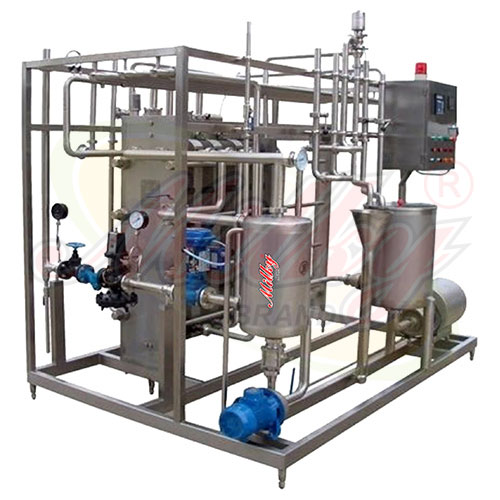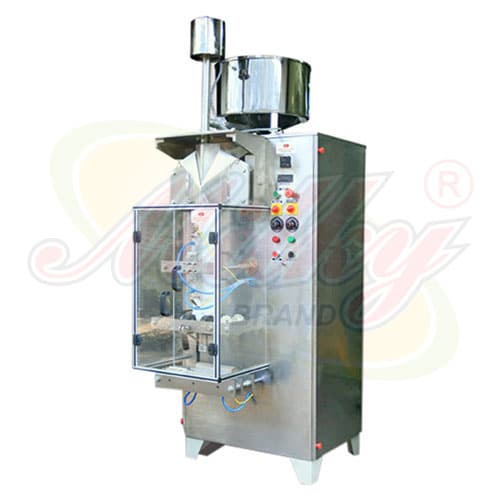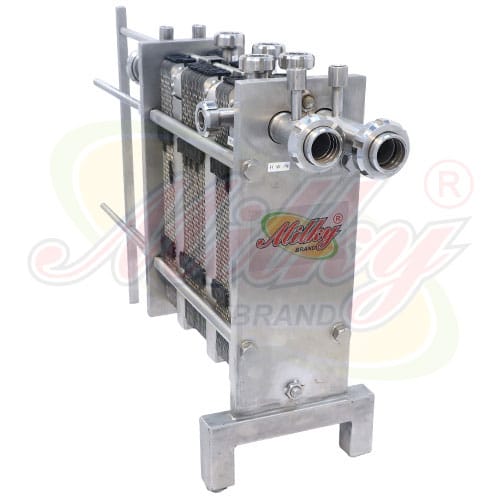We are Leading Exporter of Milk Processing Plant | Dairy Processing Plant In Ahmedabad
The milking process is the collection of tasks specifically devoted to extracting milk from an animal (rather than the broader field of dairy animal husbandry).
This process may be broken down into several sub-tasks: collecting animals before milking, routing animals into the parlour, inspection and cleaning of teats, attachment of milking equipment to teats, and often massaging the back of the udder to relieve any held back milk, extraction of milk, Milk Processing Plant, Liquid Milk Processing Plant, removal of milking equipment, routing of animals out of the parlour.
Maintaining milk yield during the lactation period (approximately 300 days) requires consistent milking intervals, usually twice daily and with maximum time spacing between milkings.
In fact all activities must be scheduled around the milking process on the dairy farm. Such a milking routine imposes restrictions on time management and personal life of an individual farmer, as the farmer is committed to milking in the early morning and in the evening for seven days a week regardless of personal health, family responsibilities or social schedule. This time restriction is exacerbated for lone farmers and farm families if extra labour cannot easily or economically be obtained, and is a factor in the decline in small-scale dairy farming.
Techniques such as once-a-day milking and voluntary milking (see below) have been investigated to reduce these time constraints.




